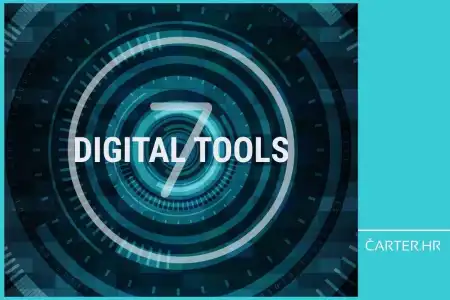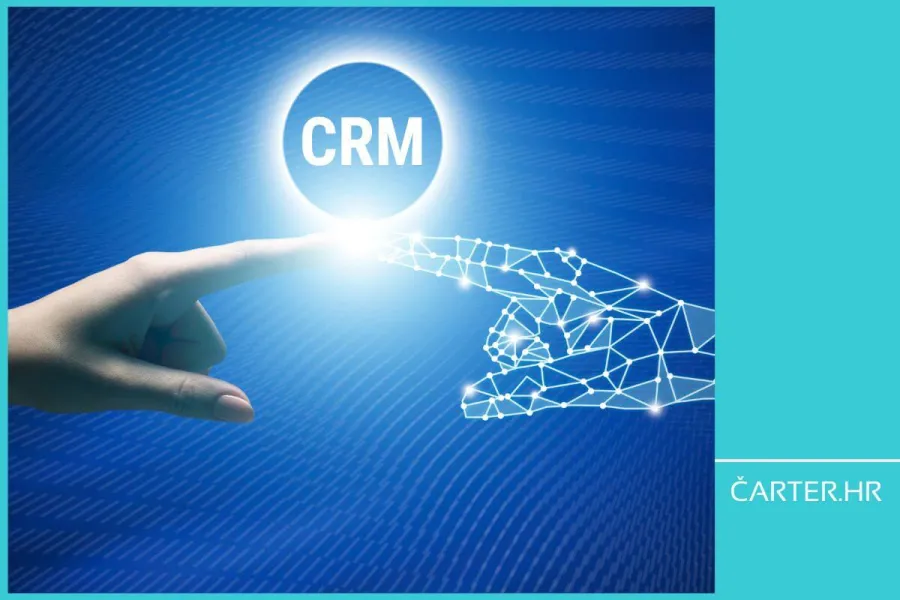
"A guide from the perspective of the only consultant you'll ever need for that". If you're thinking about implementing a CRM, or you already have one, but it's not delivering the results you're hoping for, this article will help you put things in perspective. Andreja Fazlić brings a guide through CRM strategy and adoption - explaining where you're going wrong, why technology alone isn't enough, and how to implement change that delivers measurable results. Practical, clear and from experience - for anyone who wants a CRM that will work to do their job.
Imagine that last year you invested 10, 20, or even 30 thousand euros into some super powerful CRM, full of enthusiasm and expectations that your organization would finally “organize” marketing, sales, and customer support, and drive revenue growth and overall customer satisfaction.
Now imagine you spent at least half that amount again on onboarding and implementation.
And then, 6 or 9 months later, you find yourself frustrated because you still don’t see a clear return on your investment, your people are frustrated, your data is a mess, and you have no answers to the questions popping up at the speed of light.
The statistics are unforgiving – most CRM projects don’t deliver the desired results, and the reasons are almost always the same: unclear goals, poor strategy, lack of user involvement, and an overemphasis on technology instead of actual user needs.
Why is this the case? And what does that mean for your strategy, culture, and overall business?
Before I take you through the world of CRM strategy, I want to emphasize that technology alone is not the solution. The key to successful implementation lies in clear goals, thoughtful strategy, and engaged people.
I’ve written about how strategy is not a bogey; it’s a way of thinking and making decisions that lead you toward real, measurable results. In the following sections, I reveal how to build a CRM strategy that truly works and why the human factor is essential for the success of any digital transformation.
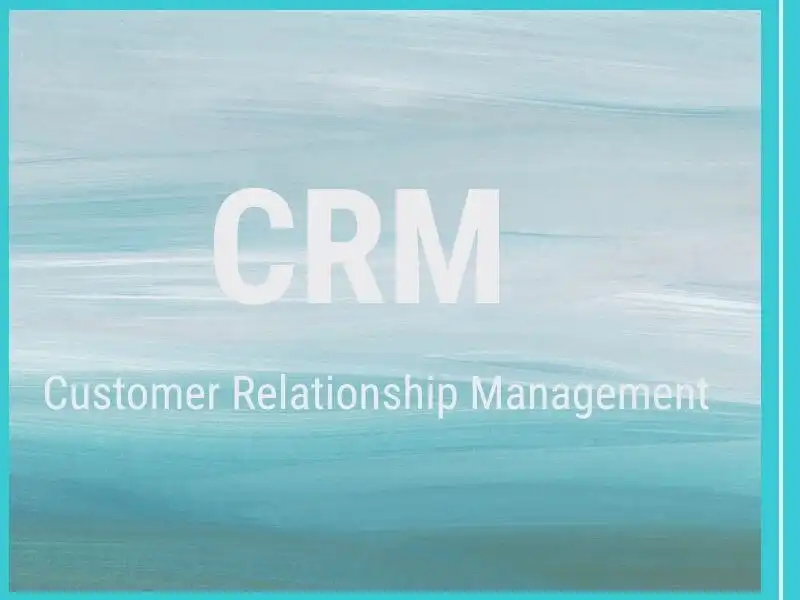
What is CRM and what is its purpose?
CRM (Customer Relationship Management) is not just software; it is a business philosophy and strategic framework that puts the customer at the center of all business processes.
It is a system and strategy for managing customer relationships that allows you to monitor, analyze, and improve every touchpoint with the client through sales, marketing, and/or customer support, and its purpose is to:
- Increase customer satisfaction and loyalty.
- Connect data from different departments into a unified view of the customer.
- Automate and optimize sales, marketing, and customer support processes.
- Enable data-driven decision-making instead of relying on assumptions.
CRM implementation – digitalization or transformation?
CRM implementation is often perceived as a technical digitalization, but it is actually a business transformation. A real CRM project changes the way people work, communicate, and make decisions.
It’s not just about replacing Excel sheets with software – it’s about redefining business processes and culture, how you do certain things, and how you take care of your customer.
CRM transformation requires a structured approach that connects strategy, processes, and technology with people. And successful digital transformation is not a matter of technology, but of psychology.
HubSpot – a comprehensive CRM solution
HubSpot CRM is one of the most popular choices among companies thanks to its simple and intuitive interface, rich functionality, and the ability to scale easily.
This platform offers a complete set of tools designed to make it easier to manage marketing, sales, and customer support more efficiently. It also allows easy integration with various applications, which can simplify system customization to your specific needs, and its key features are:
- Contact management – all customer interactions and data are in one place, enabling better oversight and personalized communication.
- Sales process management – visualizing and efficiently managing the sales pipeline helps teams track and close opportunities faster and more accurately.
- Marketing automation – automate marketing activities to better nurture potential clients and convert them into customers.
- Customer support tools – provide excellent customer support through a ticketing system, live chat, and a knowledge base, raising client satisfaction to a higher level.

The reality of digital transformations
The reality of digital transformations is not sexy at all. In fact, it’s quite grim. And why is that?
Because most digital transformation projects ignore the fact that digital transformation is not a matter of technology, but of psychology. Technology changes very quickly, while people change very slowly. And at our core, we are all very similar.
Most of us don’t like change; we are used to routine, safety, and familiar environments. We often perceive change as a threat or a source of stress, even when it seems beneficial. Fear of the unknown, loss of control, or the feeling that we won’t be good enough at something new are just some of the reasons we struggle to accept it.
If you are a leader guiding your organization through a digital transformation, don’t forget that technology is just a tool. Real change only happens when people adopt it. Your role is to understand their process and support them through it.
Various statistics and studies confirm all this; I’ve already written about how around 70% of digital transformation projects, including CRM implementations, end in failure. The reasons are more or less always the same: lack of clearly defined goals and strategic direction, too much focus on technology and features instead of actual user needs, and the mistaken belief that CRM is solely a software solution rather than a part of a broader business strategy.
One of the key challenges is user resistance, which often stems from their insufficient involvement in process design, overly complicated systems, or fear of losing control and added administrative burden. When users don’t see the value of CRM or when the system is not tailored to them, they revert to old habits, which further reduces project effectiveness.
Problems are exacerbated by poor integration of CRM with existing tools, lack of ongoing education and support, and weak management backing. Instead of being a tool that simplifies daily work and creates added value, CRM often remains just another expensive data entry system.
Challenges such as scope creep, poor business process design, and the absence of structured and predictable project management must also not be overlooked. All this leads to unclear activities, delays, cost overruns, and loss of team motivation.
Without continuous improvement and training, CRM usage declines over time, and the investment becomes unjustified.
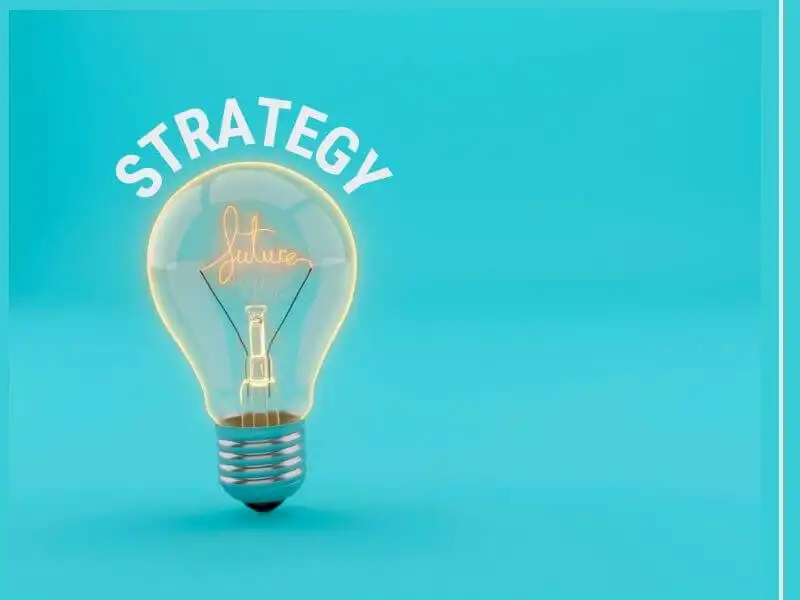
CRM strategy and adoption
As a business consultant with more than 15 years of experience in digital business and 7 years of working with HubSpot, I developed a productized service – CRM strategy & adoption – that combines best practices in strategy, project management, and technology.
In my work, that is, in the way I lead digital transformation projects and implement HubSpot CRM into a client’s business, I combine the following:
- Strategic thinking through proven strategic frameworks such as Playing to Win; it is essential to clearly define where we play, how, and for what purpose.
- Gartner’s guidelines for CRM strategy, meaning I align data architecture and operational processes with your long-term business strategy.
- A human approach. Everyone involved knows their roles in the project – who is the client and who is the provider – but without a deeply human approach and people at the center throughout such a transformative project, there is no success. This includes all roles in the organization, not just end users – management leads by example, and IT provides support!
- Many years of experience managing complex and interdisciplinary projects; every project is a transformation of its own – and not just one. One company’s digital transformation is made up of many personal transformations of people within that specific business context! These projects are highly layered and require clear communication and continuous support.
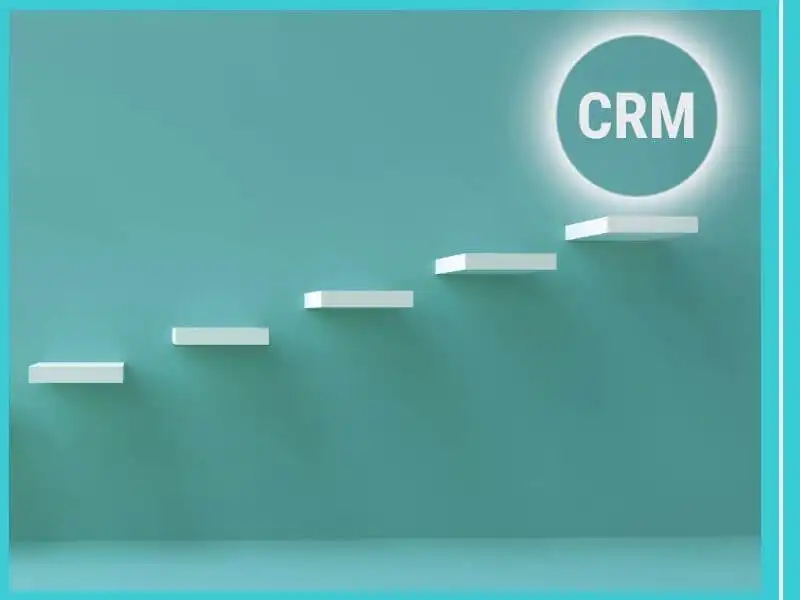
Key steps to a successful CRM implementation
When you decide to implement HubSpot CRM, whether on your own or with a consultant’s support, remember that you are always 100% responsible for your 50% of the project.
To truly get the most out of this process, it is essential that you actively participate in every step and take ownership of your part.
First, be honest with yourself and clearly define what exactly you want to achieve with CRM implementation: do you want to increase guest satisfaction, improve the sale of additional services, or enhance team collaboration? Set specific and measurable goals, such as increasing the number of repeat bookings through personalized campaigns.
Then realistically assess where you currently stand, analyze existing processes, identify bottlenecks, and be aware of your strengths and weaknesses. Don’t overlook the importance of involving system users: organize workshops and conversations with your team to understand their real needs and expectations.
When selecting technology, choose a CRM that can be easily integrated with your existing tools and adapted to your specific processes. Don’t forget about training, ensure continuous support, and appoint “ambassadors” within the team who will help others.
Finally, regularly monitor results, analyze reports, and be ready to adjust processes based on feedback. This way, you will ensure that the CRM becomes a tool that truly brings value to your business – and not just another expensive, unused piece of technology.
Categories of trends
- News
- Sale
- Marketing
- SEO
- Web design
- Social media
- Technology
- Regulations
- Management
- Education
- Finances
- User experience
Newsletter
Sign up for the newsletter and receive the latest trends and tips straight to your inbox




